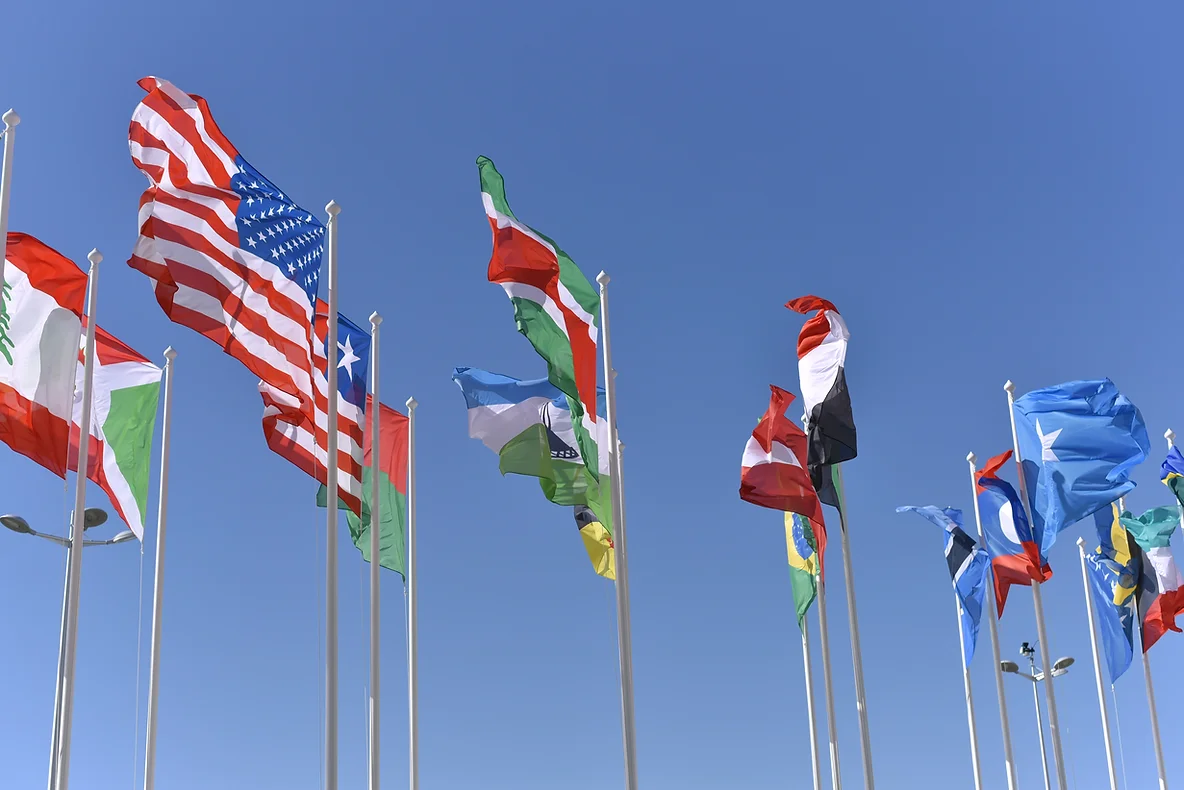An At-Home STEM Lesson Plan Crafted by BGCHarlem STEM Specialist Chaelee Dalton

Parents:
Happy STEM Monday! This week, we are focusing on flags so we can learn more about places, connection, and community!
Last week, we started thinking about names and how they can mean something about us, our family, and our culture. This week, we’ll look more into what we use to represent different places and our homes!
Today we’re going to focus on the meaning of flags and relate flags to fractions.
If your child cannot read, read the text aloud to them. Ask them the questions and have them respond and/ or solve on a separate sheet of paper.
If your child can read, simply give them the second page of this handout and have them read the text aloud or in their head. Materials: Paper, pen or pencil, a computer or device with Wi-Fi access
Addresses Common Core Standards:
Harlem youth can attend STEM Monday’s classes live on Zoom on Monday’s at noon through August 14, 2020. Parents, sign up your student(s) for Virtual Summer Programming at tinyurl.com/bgchvirtualsummer.
To learn more about our Virtual Summer Programming, click here.
Students:
Funky Flags and Fractions
We’re going to start by watching this video about flags and their meanings:
https://youtube.com/watch?v=6HWfE3tlXIM%3Fautoplay%3D0%26mute%3D0%26controls%3D1%26origin%3Dhttps%253A%252F%252Fwww.bgcharlem.org%26playsinline%3D1%26showinfo%3D0%26rel%3D0%26iv_load_policy%3D3%26modestbranding%3D1%26enablejsapi%3D1%26widgetid%3D7
After you watch the video, think and write on a separate piece of paper:
● What are the two most common flag colors?
● What is the least common flag color?
● What do you think the different colors mean on different flags?
Most places’ flags shapes and colors have meaning specific to their people or their history. This is the flag of Ghana, a country in Western Africa. Each stripe and color have different meanings.

Red stands for the blood shed by people fighting for freedom and independence.
Gold stands for the wealth of the country.
The Black star stands for African freedom from European rule.
Green stands for the forests and plants in Ghana.
If you were to make a flag to represent yourself, what colors would you use? Why? What would each color stand for?
Now, we’re going to use flags to be able to understand fractions and amounts better!
Open up this handout: Click here for the handout
(Younger Kids)
- How many colors are used in each flag?
- How many parts is the flag divided into?
- Are there some colors used more than other colors on the flag, or are they all used equally?
(Older Kids)
- How many colors are used in each flag?
- How many parts is the flag divided into?
- What is the fraction of each color used in each flag?
- What number does all the fractions of the colors on each flag add up to?
Now, we are going to make our own flags to represent ourselves!
First, read this article to learn more about how people decide flag colors.
Think about what meanings are important for you and what ideas are important to you.
Then, make your flag using a piece of paper and 2 to 4 colors!
On the back of your flag, write down:
- What colors you used?
- How many total colors you used?
- Why you picked those colors and what they mean to you?
- Whether you used the colors equally or you used some colors more than others on your flag OR
- What fraction of the flag is each color?
Special thanks to our #STEMMondays partners:




